ELEVEN YEARS AGO, Barack Obama was president, The Avengers was the highest-grossing movie of the year, and a little company called Beyond Meat launched its first plant-based protein product. (Chicken strips, surprisingly, not its burger.)
Then came Impossible Foods in 2016 with a “meat”patty, and the plant-based-burger wars were on. And all the attention they garnered started to shift people’s attitude from “A veggie burger?” to “I have to try that.” Sales took off—from 2018 right up until early in the pandemic.
But today, as the shiny-newness of beef like patties seems to have faded and inflation has increased their price, customers who pick up plant-based meat every now and then might be looking for other options.
Which is exactly what’s happening right now.
Food manufacturers are expanding their offerings beyond just burgers. Some forecasts predict the global demand for plant-based beef, chicken, fish, and pork will increase by nearly 15 percent by 2027.
You might be wondering two things: Is any of this stuff actually healthy? And is it any good?
On the first: “Back in the day, a veggie patty was lentils, grains, and vegetables smashed together with maybe some seeds to bind it all,” says Ryan D. Andrews, R.D., an assistant professor in the School of Health Sciences at Regis College.
In other words, healthful real food. But many modern plant-based proteins are heavily processed, says Andrews. That’s not to say there’s anything nutritionally evil about them. Yes, some don’t offer all that much in the way of nutrients, and some are loaded with added sugar, but if you’re eating them occasionally as part of a meal rich in whole, unprocessed foods, you’re doing just fine.
And to answer the second question, I set out on a massive culinary quest to sample as many of these “next wave” plant-based proteins as I could. Of the 25 taste-tested, here are the 16 that stood out in terms of flavor and overall good-for-you nutrition.
Unlike plant-based options that rely on peas or soy, Quorn is made from 93 percent mycoprotein, derived from fungi. “The gentle agitation of the fungi as it grows through fermentation allows it to form into long strands,” says Stephen Kalil, Quorn Foods’ executive chef.
ChiQin pieces have a subtle herbal flavor and taste good in everything from soup to cold chicken salad to tacos. Per cup, they deliver 17 grams of protein—about half that of chicken—with six grams of fiber and about 100 fewer calories than the real deal. Try it tossed into a quick vegetable-and-noodle stir-fry with peanut or soy sauce.
Pea protein, tomato, and a whole host of spices (cumin, smoked paprika, garlic powder) give these crumbles a powerful flavor. They char in a pan like real chorizo, too.
“We weren’t concerned with making a product that bleeds or has the metallic taste of red meat,” says Kerry Song, CEO of Abbot’s Butcher. “We focused on the umami, the bright chiles, the smoky heat.” A half cup has 15 grams of protein and only 140 calories. Tryit tucked into tacos with avocado, red cabbage, crema, and lime juice.
They cook, look, and taste pretty much like real shrimp. “Ingredients like konjac root are key in the way to achieve that recognizable bounce,” says Monica Talbert, CEO of Plant Based Seafood Co. The nutrition is so-so. “This does have three grams of fiber, but only four grams of protein,” says Men’s Health advisor Brian St. Pierre, R.D. So combine them with other protein-rich ingredients.
Not only is this steak incredibly savory, but it satisfies. That’s because the palm-sized patty is made of jackfruit, a meaty and neutral tasting tropical fruit. Seasoned with dried shiitake and porcini powders, the steaks are loaded with umami. Just one has a massive 40 grams of protein, 320 calories, and not one gram of added sugar.
A version of this article originally appeared in the March 2023 issue of Men’s Health.

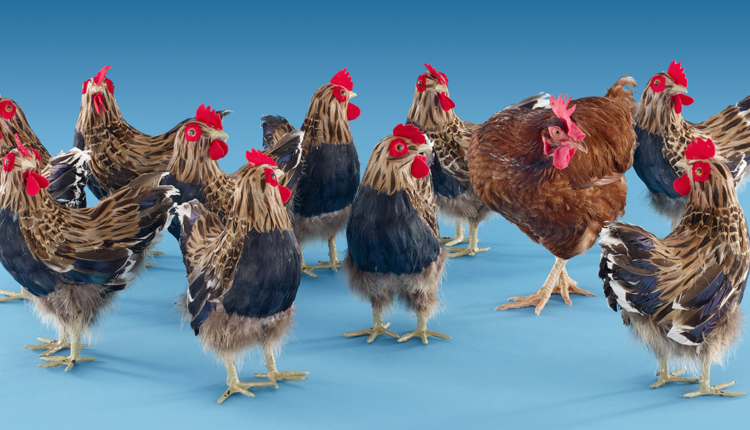

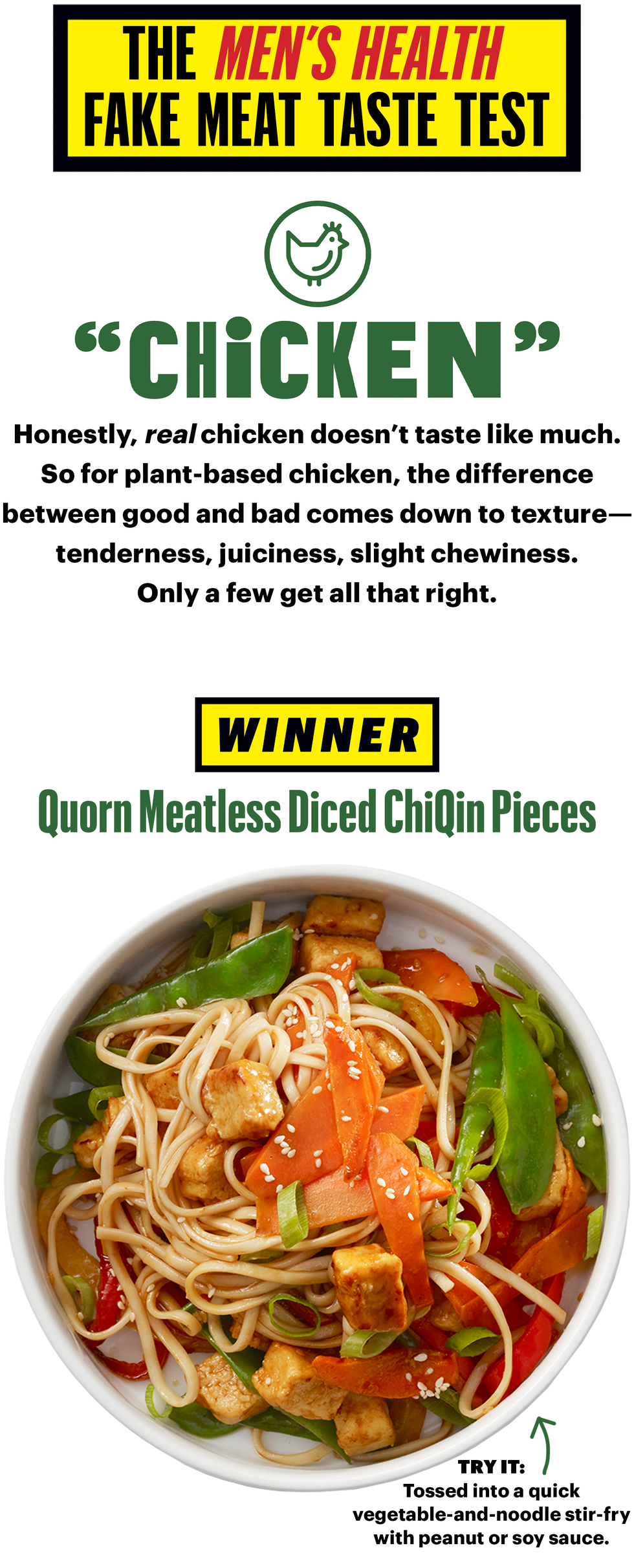
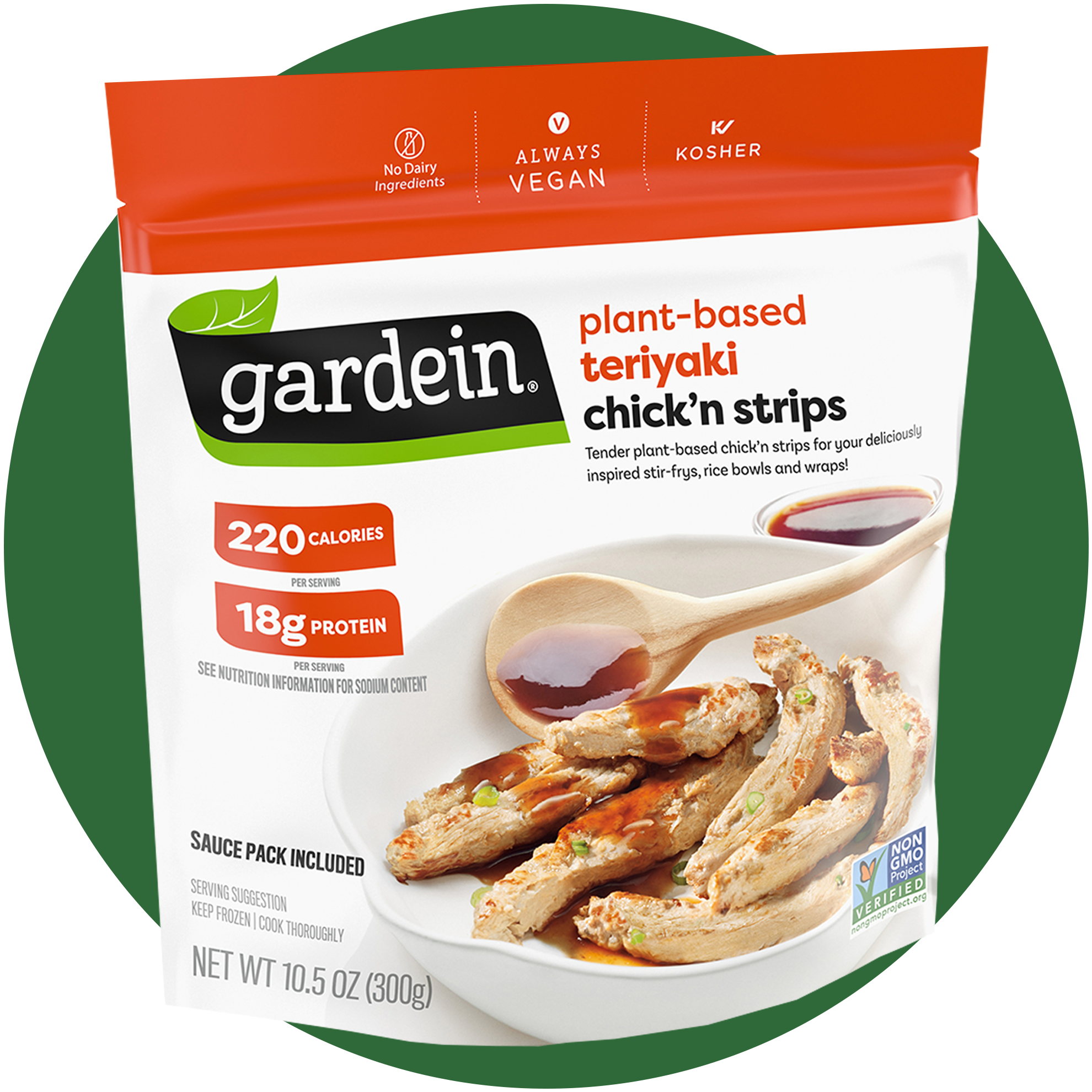







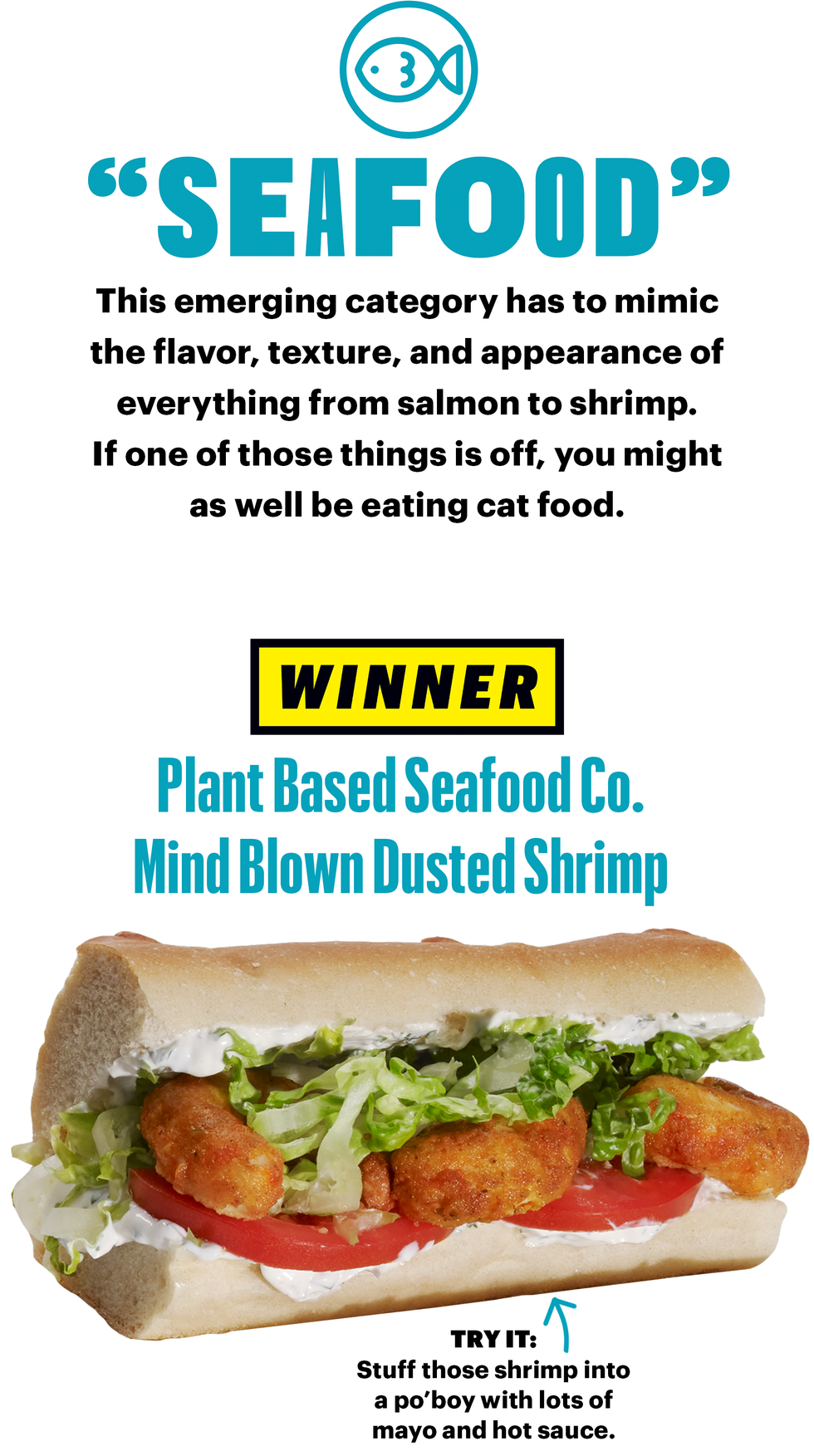

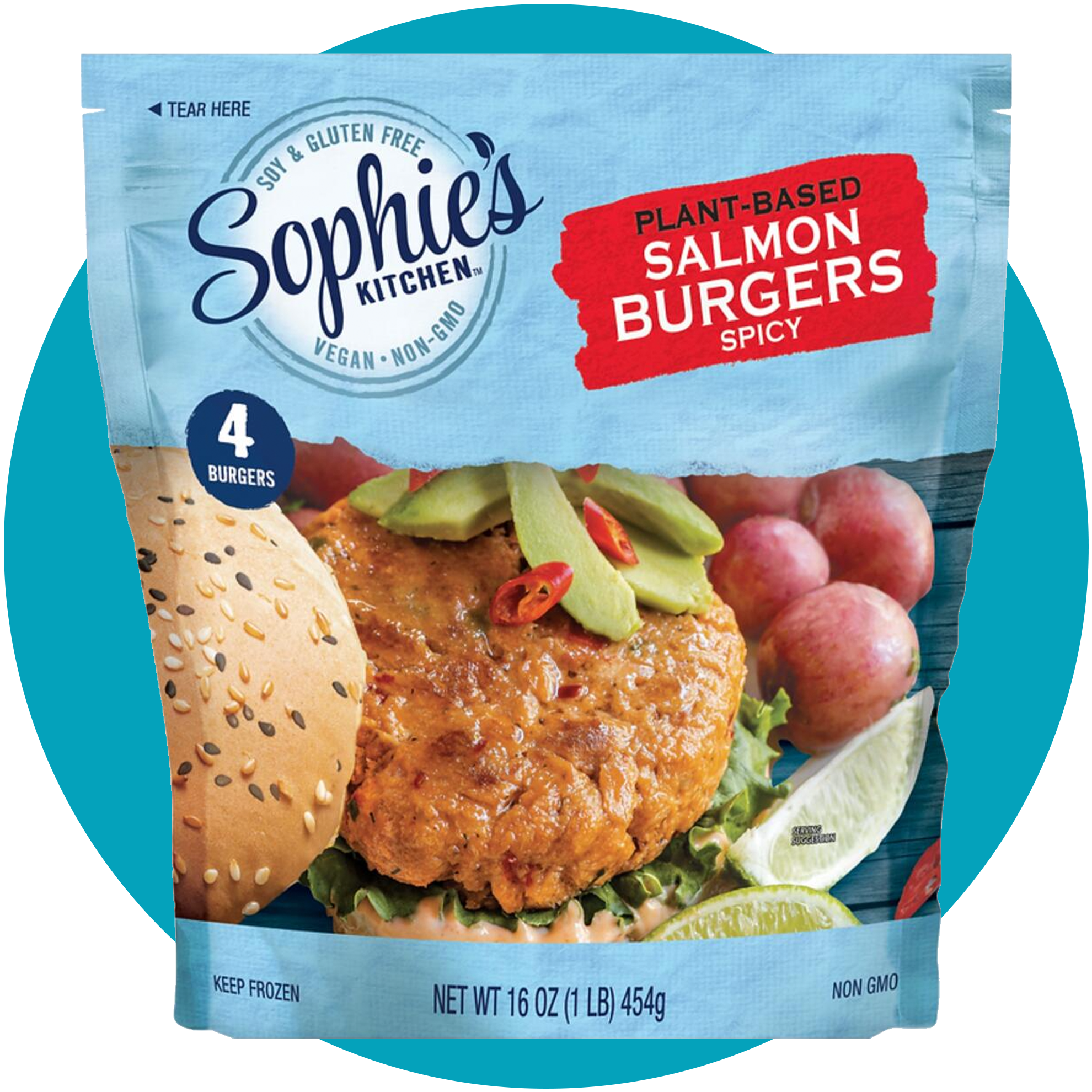

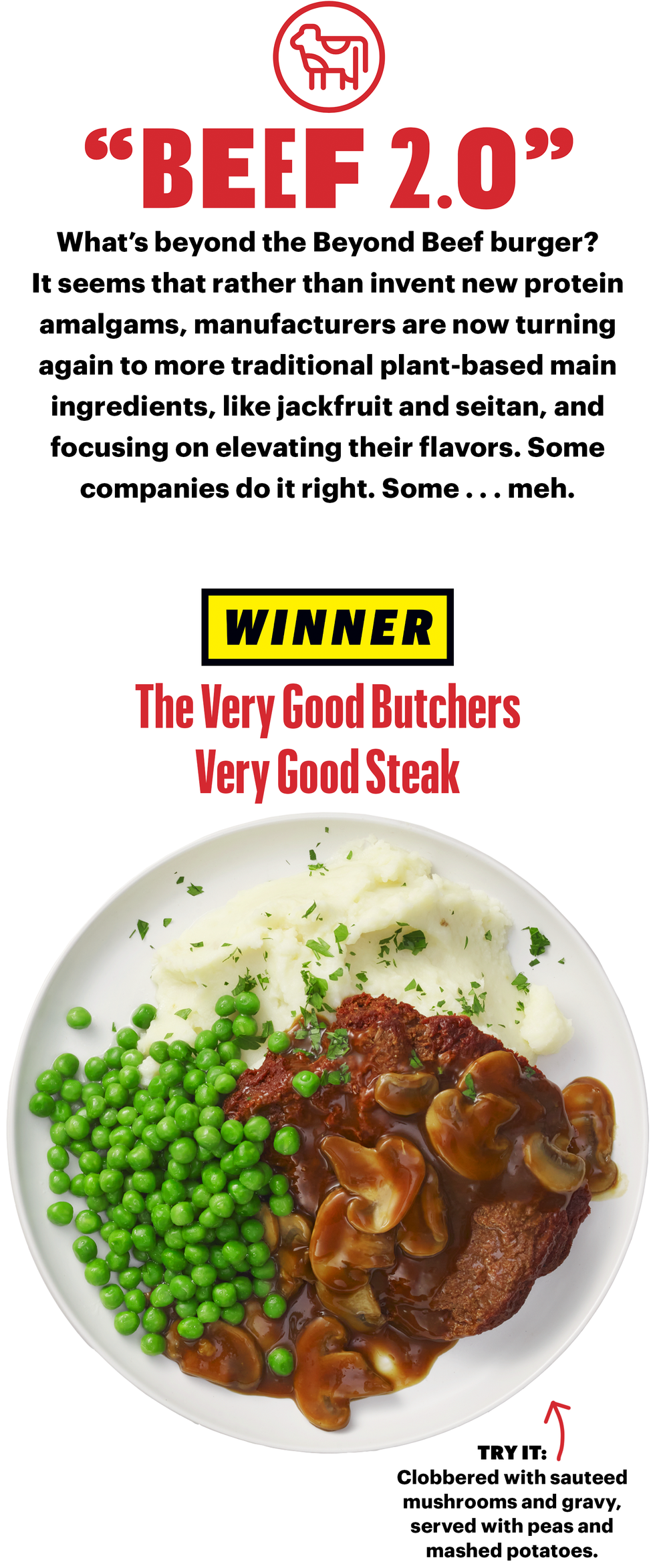




Comments are closed.